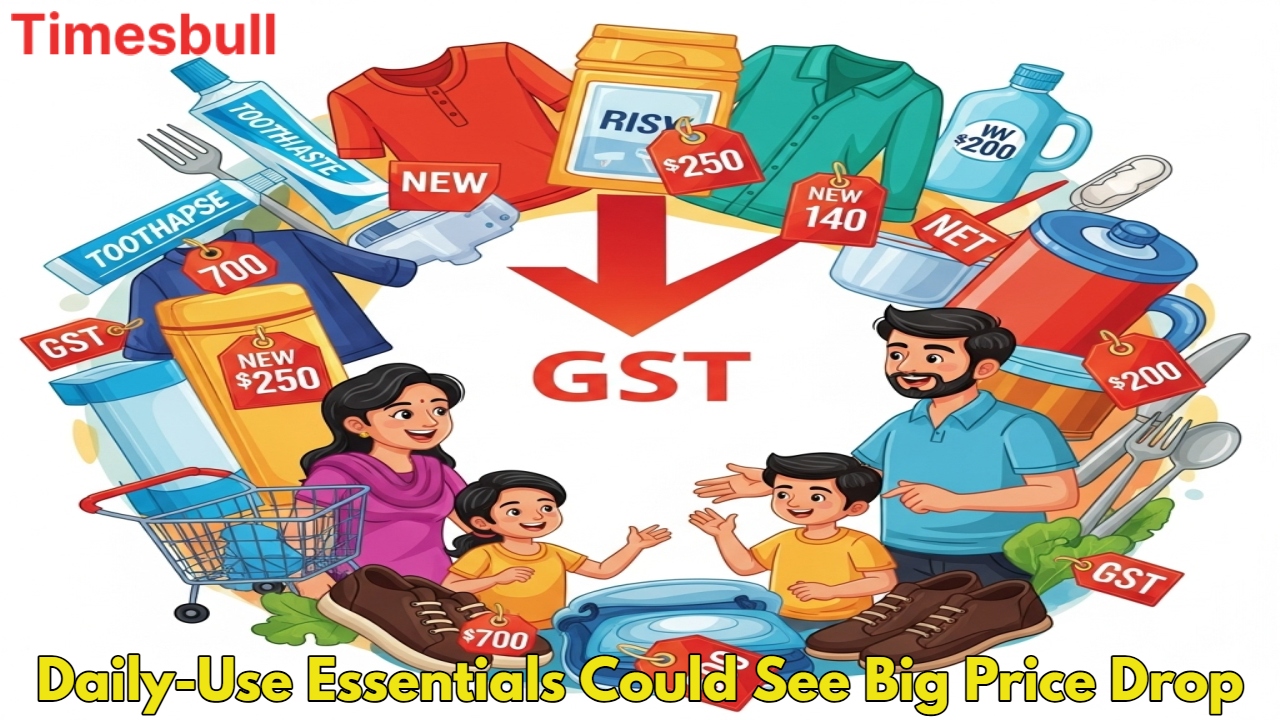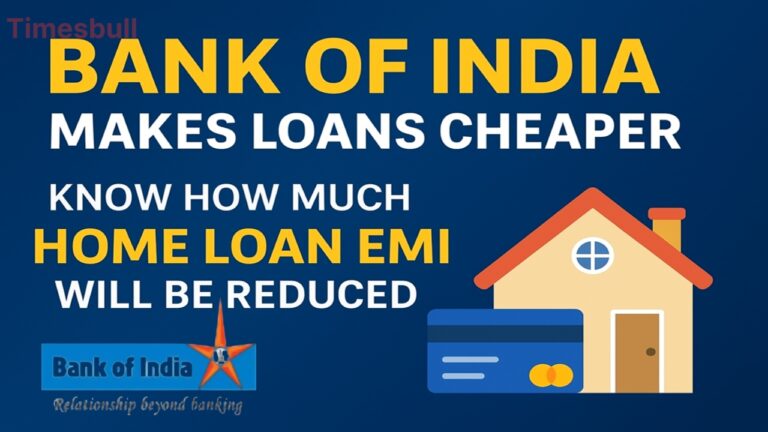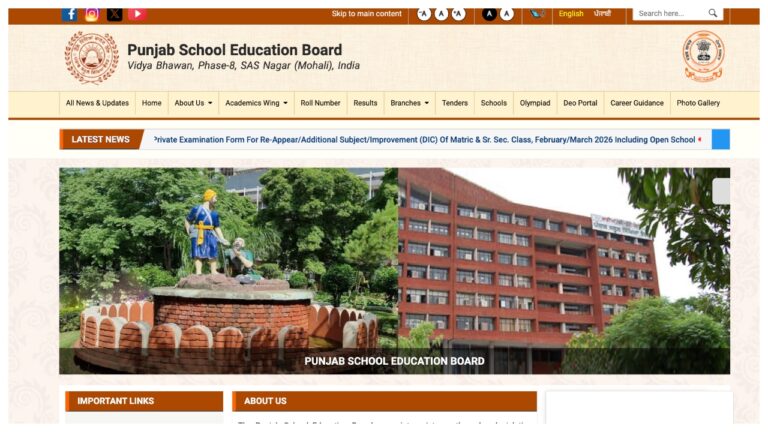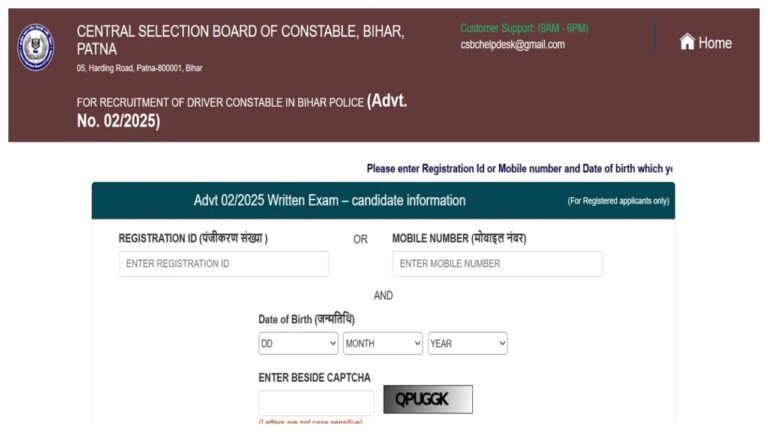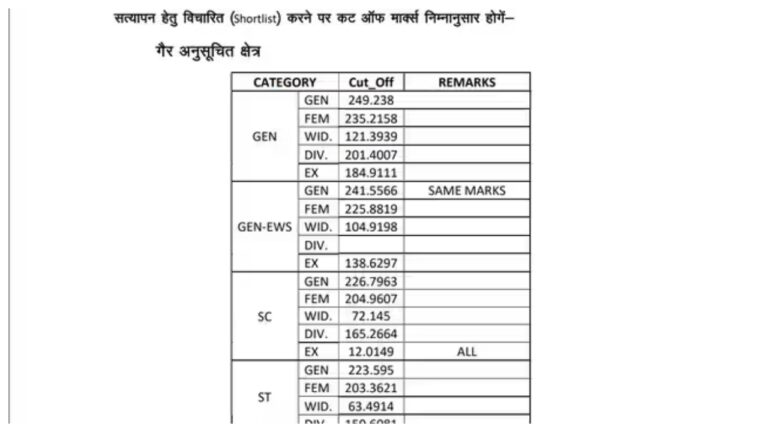Very relieving news is coming for the common man, especially the middle-class and low-income group families! After giving many concessions in income tax earlier this year, the central government is now preparing to give another big gift by reducing the rates of Goods and Services Tax (GST). Items used in your daily life, like toothpaste, utensils, clothes, and shoes, may soon become cheaper.
According to reports, the government is considering eliminating the 12% GST slab or bringing the items currently taxed at 12% into the 5% slab. If sources are to be believed, this restructuring will include things used by the middle-class and economically weaker sections. This decision will directly have a positive impact on the pockets of crores of Indians.
The government will bear the burden of ₹ 50,000 crores
If the proposed changes are implemented, many of these things will become cheaper. The government is also considering making GST more compliance-friendly. According to sources, this move will put an initial financial burden of ₹ 40,000 crore to ₹ 50,000 crore on the government, but the government is fully prepared to bear this initial impact.
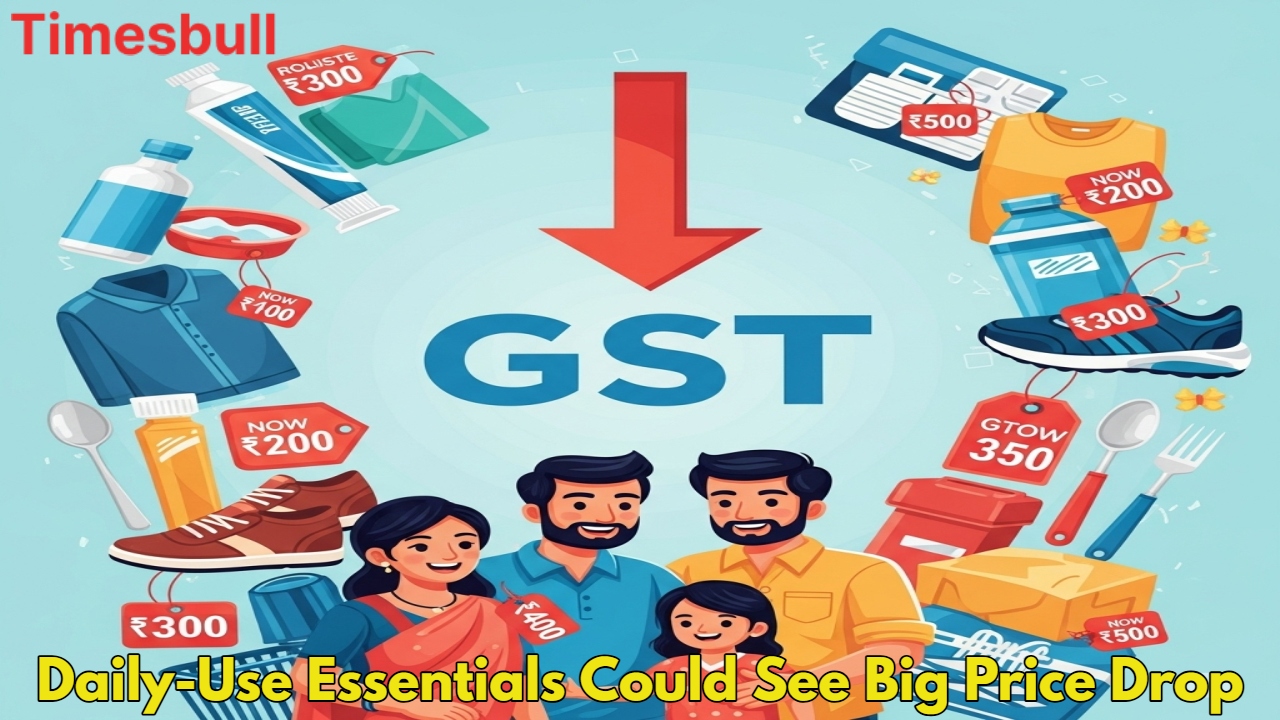
The government believes that the reduction in prices will increase consumption, which will expand the tax base and increase GST collection in the long term. Finance Minister Nirmala Sitharaman recently hinted at possible changes in GST rates in an interview, saying that the government is considering giving relief to the middle class on essential commodities. This is a far-sighted thinking, which will also give impetus to the economy.
Consensus among states
However, despite the pressure from the central government, no consensus has yet been reached among the states regarding changes in GST rates. Changes in rates under GST require the recommendation of the GST Council, where every state has the right to vote.
At present, there are reports that some states like Punjab, Kerala, Madhya Pradesh, and West Bengal are registering opposition on this issue. They have their revenue concerns, without addressing which, it will be difficult to build a consensus.
The issue will be raised in the GST Council meeting.
In the history of the GST Council, voting has taken place only once so far; otherwise, every decision is taken by consensus. It is expected that this issue will be discussed in the 56th GST Council meeting, which can be called later this month.
As per the rule, a notice of at least 15 days is given to convene a meeting of the Council. Whether this meeting will meet the expectations of the common man remains to be seen.
Importance of 12% slab for the middle-class
GST in India has several slabs, mainly including 0%, 5%, 12%, 18% and 28%.
0% and 5%: These slabs are generally applicable to essential goods and services, which are used extensively by the general public.
12%: This slab generally includes items that are of common use to middle-class and low-income group families. This is where the government is trying to provide relief.
18% and 28%: These slabs are applicable to luxury goods, certain services, and products that fall under the luxury category.
Eliminating or reducing the 12% GST slab will directly mean that many items of your daily use will become cheaper, which will help in balancing the household budget. This will be a move that will directly affect the pocket of the common citizen and give them relief from inflation.
